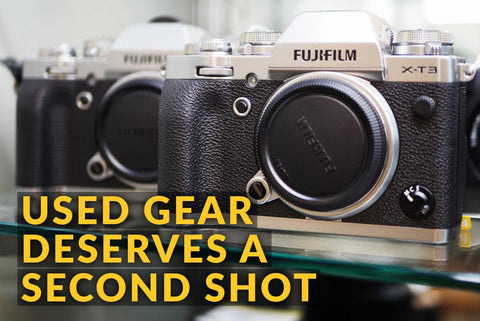By J. Michael McBride
There's so much more to a protective lens filter than its name: "protective." Whether you're using a protective filter strictly for protection or for UV glare--filters have many unrealized benefits.
General Protective Filter

It is important to consider a quality protection filter to thread onto the front of any (and every!) lens you use. These protection filters act like the bumper of a car. They help protect your lens element or glass from impact, scratches, and simple things like smudging and grit. A good image can be captured without one, but it is nice to have the security of protecting your investment.
Circular Polarizer

Another filter that is effective for overall image enhancement is a circular polarizing filter. It offers some contrast improvement, some color enrichment, and can effectively help control or eliminate distracting reflections and glare. Its name designates that it filters out polarized light. Circular polarizing filters are helpful with product photography, car show photography, water sports, or landscape scenes like fall foliage. The "circular" polarizing filters allow you to control the amount of polarization. When photographing simple candids or portraits of people or pets, however, polarizing filters should be removed as they take away some light value and can have a negative impact on your subject.
Neutral Density Filters

Image by Kim Fogle
The technical part of neutral density filters reduces the amount of light that enters the lens, which then slows the shutter speed of your camera. When would you need a neutral density filter? For example, when you take a photo of rapids or a waterfall and want to blur the action of the water, a neutral density filter would help. If you want to create a motion blur effect with a runner's movement or a child's playtime, neutral density filters would help you to better create that blurring effect.





